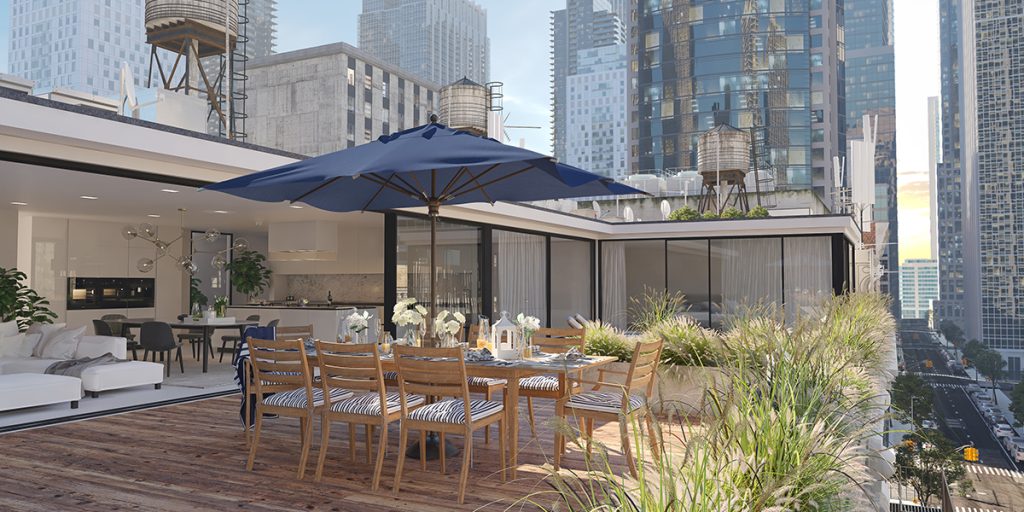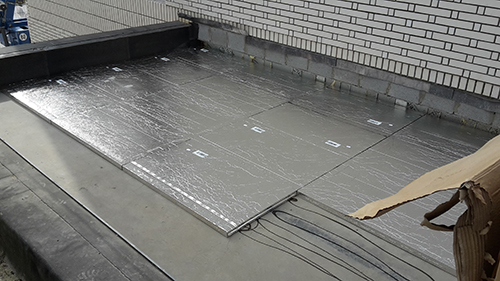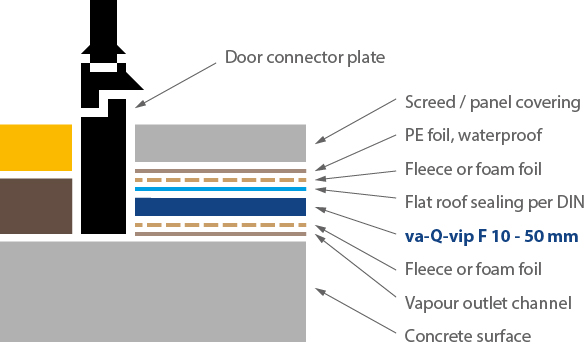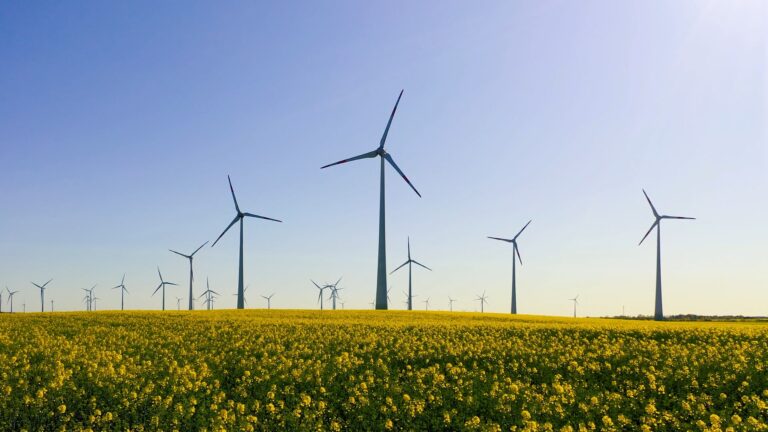Balcony & Terrace


Outdoor areas are becoming more and more important for building residents, as they represent additional living space. In particular, terraces are being used with increased frequency, becoming the center of activity in warmer months. Living areas are often found beneath terraces, and this can represent a significant architectural challenge in the planning of insulation measures. This area must be professionally insulated, but the necessary construction height for the insulation is not available. In addition, the transition from the exterior area to the living space must remain free of barriers and tripping hazards.
This situation is exactly where VIPs are advantageous. With the thin, yet efficient, insulation provided by VIPS, it is possible to eliminate height differences that could otherwise create tripping hazards. Nevertheless, they meet all insulation requirements and regulations.

Outdoor areas are becoming more and more important for building residents, as they represent additional living space. In particular, terraces are being used with increased frequency, becoming the center of activity in warmer months. Living areas are often found beneath terraces, and this can represent a significant architectural challenge in the planning of insulation measures. This area must be professionally insulated, but the necessary construction height for the insulation is not available. In addition, the transition from the exterior area to the living space must remain free of barriers and tripping hazards.
This situation is exactly where VIPs are advantageous. With the thin, yet efficient, insulation provided by VIPS, it is possible to eliminate height differences that could otherwise create tripping hazards. Nevertheless, they meet all insulation requirements and regulations.
